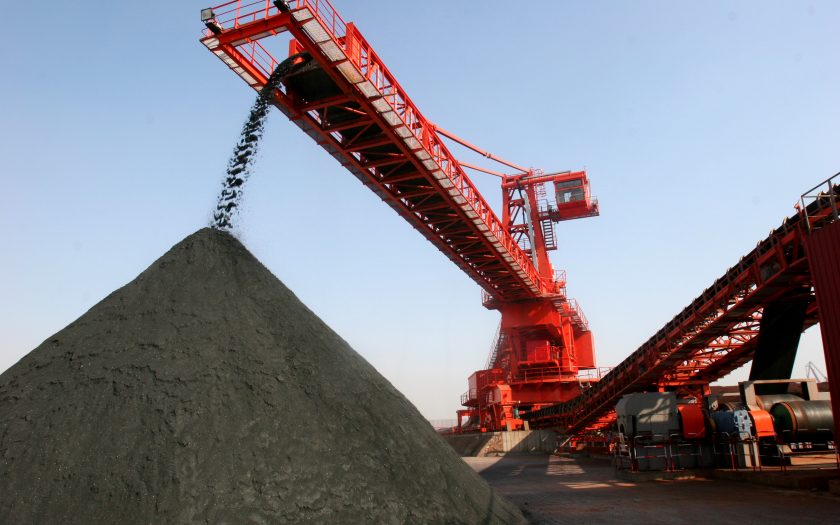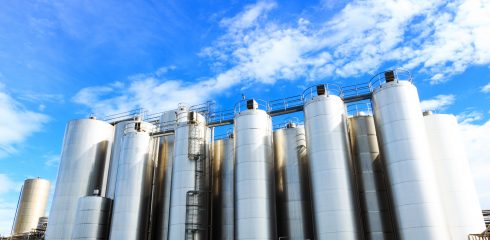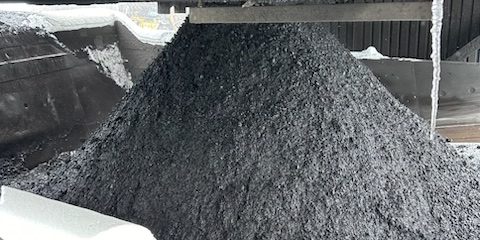
Pneumatic conveying systems are widely used across industries for moving materials efficiently, especially bulk solids. Whether it’s in food processing, chemical handling, or material manufacturing, these systems offer a high degree of flexibility and automation. However, optimizing the design of a pneumatic conveyor requires careful attention to various factors that impact performance and longevity. In this article, we’ll explore the key elements to consider when designing an efficient pneumatic conveying system, focusing on flow rate, material characteristics, and system configuration.
1. Understand Material Characteristics
The properties of the material being conveyed are critical for optimizing any pneumatic conveyor system. Bulk density, particle size, moisture content, and the friability of materials dictate how they move through the system. For instance, a material with high bulk density will require more energy to convey, while fine, dry materials are more prone to dusting and segregation. Knowing these characteristics allows engineers to adjust system parameters accordingly, ensuring smooth and efficient operation.
- Bulk Density: This influences how much material can be moved and how the system should be calibrated to avoid blockages or excessive wear.
- Particle Size: Larger particles might need slower velocities to prevent degradation, while fine particles may require higher airflow to keep them suspended in the conveying line.
- Friability: If a material tends to break down easily, lower speeds or gentle turns in the pipeline should be considered to minimize material degradation.
2. Choose Between Dense Phase and Dilute Phase Conveying
Pneumatic conveyor systems generally operate in two modes: dilute phase and dense phase conveying. Dense phase conveying is often the preferred option when handling abrasive or fragile materials. It uses lower velocities and higher pressures, reducing wear on the system and preserving material integrity. On the other hand, dilute phase systems move materials at higher velocities, making them suitable for less sensitive materials.
The choice between these two modes depends largely on the processing requirements and the specific material characteristics. Systems designed for dense phase conveying, for example, are ideal for applications in food processing where delicate ingredients need to be transported without being damaged.
3. Optimize Flow Rate and Conveying Air
The flow rate in pneumatic conveyors must be carefully calculated. If the air velocity is too low, materials might settle in the conveying line, causing blockages. Conversely, if it’s too high, materials may suffer from excessive wear and tear, or the system could experience increased energy consumption.
Conveying air must also be properly regulated. Maintaining a balance between the material load and the amount of air ensures that the system runs efficiently. This is particularly important for vacuum conveying systems where lower air pressure is used to move materials.
Key considerations include:
- Selecting the right air mover (such as blowers or compressors) based on the system’s pressure requirements.
- Minimizing bends in the pipeline to reduce pressure drops and maintain an efficient positive pressure flow.
4. Reduce Pressure Drops in the System
Pressure drop is one of the biggest challenges in pneumatic conveying system design. When air moves through long pipelines or past multiple bends, the pressure required to move the material increases. Minimizing these drops is essential to optimizing performance.
To reduce pressure drops:
- Use long-radius bends typically 4-6 pipe diameters to allow smoother material flow.
- Limit the length of horizontal pipe runs where possible but avoid short runs after the feed point or between bends.
- Size your pipes accurately to maintain a balance between conveying velocity and air pressure.
Proper piping design ensures that the system can maintain sufficient velocity without overloading the air mover, preventing system failures and material degradation.
5. Material Feeding and Control
Efficient feeding of materials into the conveying line is crucial. The choice of feeder depends on material type and flow rate requirements. For example, rotary valves are commonly used in pressure conveying systems because they maintain consistent pressure while feeding materials into the system.
Additionally, it’s vital to ensure the system has real-time control systems that can monitor airflow, pressure, and material load. This prevents issues like overfeeding or air starvation, both of which can cause system inefficiencies or failures.
6. Wear and Maintenance Considerations
Conveying abrasive materials can cause excessive wear on pipelines and bends, leading to costly maintenance and downtime. To mitigate wear:
- Use wear-resistant materials in areas that experience the highest levels of abrasion.
- Consider installing ceramic-lined components in critical points along the system.
- Ensure proper system design that reduces high-velocity impacts against pipe walls, which can accelerate wear.
Regular inspections and preemptive maintenance are also key to keeping the system running efficiently without unexpected downtime.
7. Pilot Testing and Validation
No matter how well-designed a pneumatic conveying system is on paper, real-world testing is critical for validation. Conducting pilot tests allows engineers to validate the design assumptions, ensure that the system meets the intended processing requirements, and optimize it before full-scale deployment.
Pilot testing also allows for adjustments in the system’s airflow, material feed rate, and pipe layout to better meet operational demands and avoid potential issues like blockages or material degradation.
Closing Thoughts
Optimizing a pneumatic conveyor system involves a detailed understanding of the material characteristics, system configuration, and air supply. By choosing the right type of conveying system, adjusting the flow rate, and minimizing pressure drops, businesses can ensure efficient and cost-effective operation. Whether handling bulk solids in food processing or moving raw materials in a manufacturing plant, a well-optimized pneumatic conveyor will save energy, reduce wear, and improve overall system performance.
Implementing these strategies requires technical expertise and experience, but the rewards are significant in terms of both operational efficiency and long-term system reliability.





